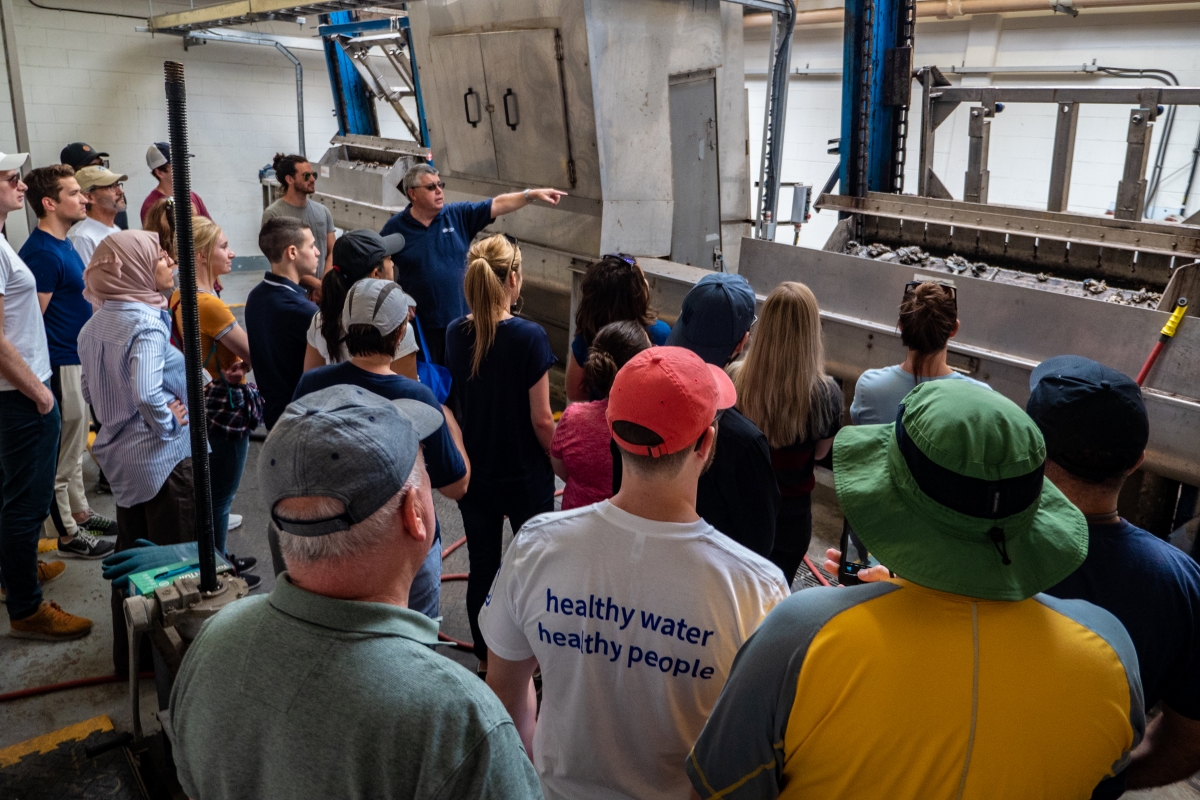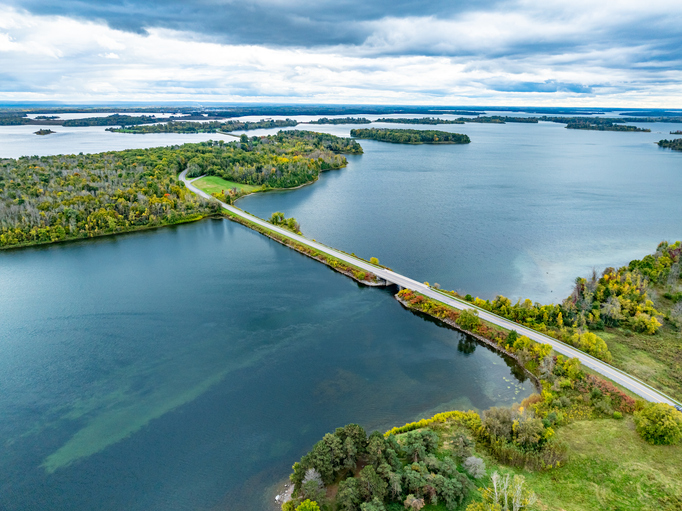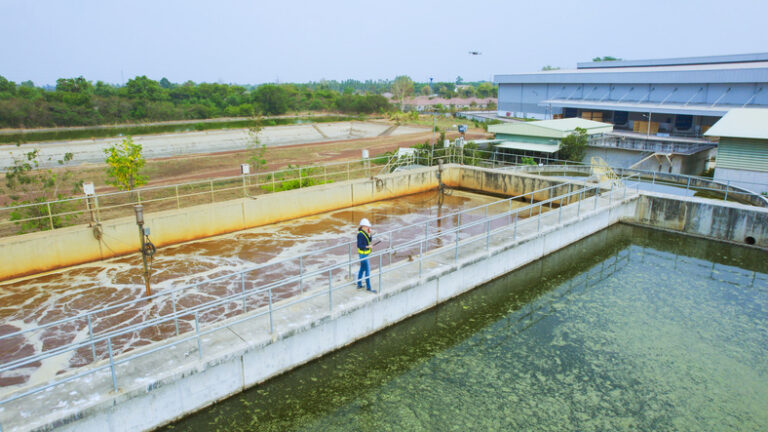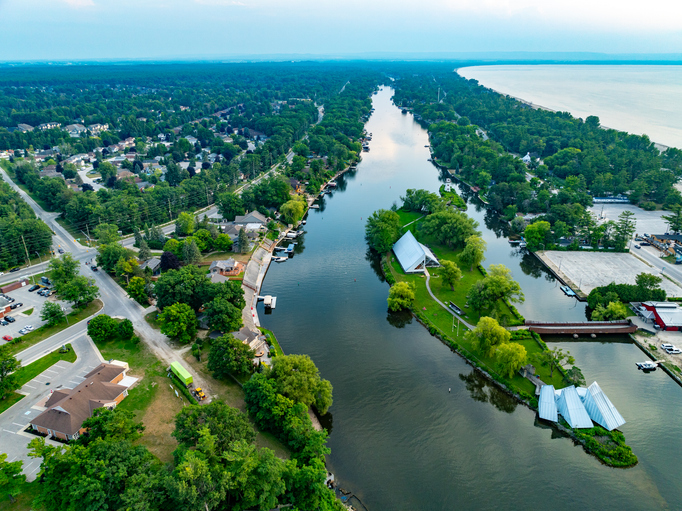In recent years, the number of small and emerging water technology companies developing innovative solutions to address municipal water resource management challenges has grown significantly. A recent collaborative mapping exercise between Foresight Cleantech Accelerator Centre, the International Institute for Sustainable Development (IISD), and Aqua Forum revealed hundreds of small companies operating in the water technology space in Canada.
As pressures on municipal water and wastewater treatment systems continue to increase due to a changing climate, aging infrastructure, growing populations, and more, innovative technology solutions created by agile and resourceful small and emerging companies will be an important part of the public sector’s toolkit to continue to deliver safe and reliable water services.
However, regulatory and operational barriers within the municipal legislative framework as well as other sector-specific challenges can significantly hinder an emerging company’s ability to access this sector. This article offers nine insights for smaller companies navigating this space gathered through exploratory discussions with both company founders and leaders in the water technology and municipal sectors. These insights are but a starting point in what is a growing discussion about water technology innovation in the public sector in Canada.
1. Understand the municipal structure and its departments
Municipalities of different sizes are structured differently. Smaller municipalities often have individuals serving in several roles, one of which may be serving as a water operations manager. Larger municipalities, on the other hand, may have staff focused specifically on innovation within the water service department such as water conservation officers or managers of water services. In some cities, water works are managed by a utility. How a product or service will need to be positioned will vary depending on who a company reaches out to within the municipality or utility. Understanding the scope and context of the staff person’s role and the broader mandate of their department will help a small company do this more effectively.
2. Build strong connections and relationships
Relationship-building is a key pillar in the successful deployment of water technology solutions by municipalities and utilities. Reaching out to individuals within the municipality or utility to build an understanding of their motivations and needs is strategically important. Securing support from champions and influencers who can advocate for the testing or deployment of a new solution can often make all the difference. These allies may come from unlikely places. Job titles may not be the primary guide when seeking to build strategic relationships. Look to identify those individuals who will benefit directly from the implementation of the solution by staying abreast of local issues and concerns. Local media is a good source of information to help identify potential municipal champions.

3. Focus your efforts
Small and emerging water technology companies are often tempted to tackle many problems all at once. Successful small companies in the water technology space have tended to focus on only one or two problem areas at a time. Focusing efforts will facilitate a more comprehensive understanding of the problem and allow companies to identify where their solution can have impact. It will also help scope efforts to establish key relationships and help identify and secure the resources required to achieve high impact.
4. Understand the relevant regulations and policies
Municipal water and wastewater treatment is subject to several regulations and policies. Understanding of the federal, provincial, and municipal laws and policies that relate to a new product or service will not only better position the company to develop a relevant solution but will also help support productive conversations with municipal and utility staff about the issue and the proposed solution. Innovative technological solutions that indirectly contribute to water-related outcomes through improved communications and decision-making are also subject to regulations and procedures, such as information technology and data policies. Regulations and policies vary between cities and provinces and may change with incoming governments.
5. Identify strategic alignment with municipal priorities
It is critical to understand the water-related issues that a municipality is managing to be able to strategically position a particular solution. This information can be found in several publicly available sources: municipal meeting minutes, strategic plans, and city budgets. Upcoming procurement goals are sometimes posted and can provide useful context. Strategic opportunities can also be identified by analyzing which municipal priorities indirectly involve water-related issues. For example, cities with sustainability and environmental initiatives or those prioritizing energy efficiency may be interested in knowing about greenhouse gas emission or energy reduction capabilities of a given water technology solution.

6. Develop partnerships to increase capacity and credibility
The way municipal procurement processes are designed can make it especially difficult for a small and emerging company to win a traditional request for proposal. One strategy to boost a small company’s chances at securing a municipal contract is by partnering with a larger company and offering an innovative solution as one component in a suite of services. This “foot in the door” approach helps smaller companies establish credibility and build the capacity to meet the contract requirements.
7. Join a network or association
There exist many professional water and wastewater associations that bring together municipal representatives, academics, industry leaders, and entrepreneurs at national, provincial, and local levels. Joining such networks provides an opportunity to meet potential clients or partners in the municipal space. Some associations include working groups or committees with members who self-identify as interested in learning about new technologies. Seminars are regularly offered to members on numerous topics, including municipal purchasing processes. These provide valuable opportunities for smaller companies to learn about internal processes that can otherwise be challenging to navigate, such as procurement.
8. Marketing is key
A lack of visibility can be detrimental to successfully testing or deploying an innovation water technology solution within a municipality. It is therefore important to develop a strong marketing strategy, to actively establish brand recognition and to raise awareness about a company’s new technological solution. Any opportunities to participate in expositions or conferences should be taken advantage of. In all communications with a potential client, messages and vocabulary should be adapted to reflect the end-user’s specific needs.
9. Practice patience
Timelines and processes for the development of municipal projects are especially long. They can often extend over multiple years based on the size and nature of the project. Many steps are required for the deployment of an innovative technology of significant magnitude, such as budget processes, project approval, and procurement processes. There is also the consideration of public communications and managing ratepayers’ perception about the project. Even projects with smaller budgets acquired through direct contracts can take several years to complete.
Concluding thoughts
In a post-COVID world, with a focus on a “green” economic recovery, the opportunities for clean technology—including water innovation—will only grow. With the increase of water management challenges due to climate change impacts and increased land development, municipalities are under pressure to improve water management systems where possible. Technological innovation has a definite role to play. It is hoped that the insights in this article may enable those small and emerging companies with innovative water tech solutions to better position themselves vis-a-vis potential municipal clients to ensure safe and reliable water services and improved freshwater health in Canada.
This article was written by Melissa Dick and Juliette Dufresne for the May/June 2021 issue of Water Canada. Melissa Dick is a program manager at Aqua Forum. At the time the issue was published, Juliette Dufresne was a project administration officer at Aqua Forum.










